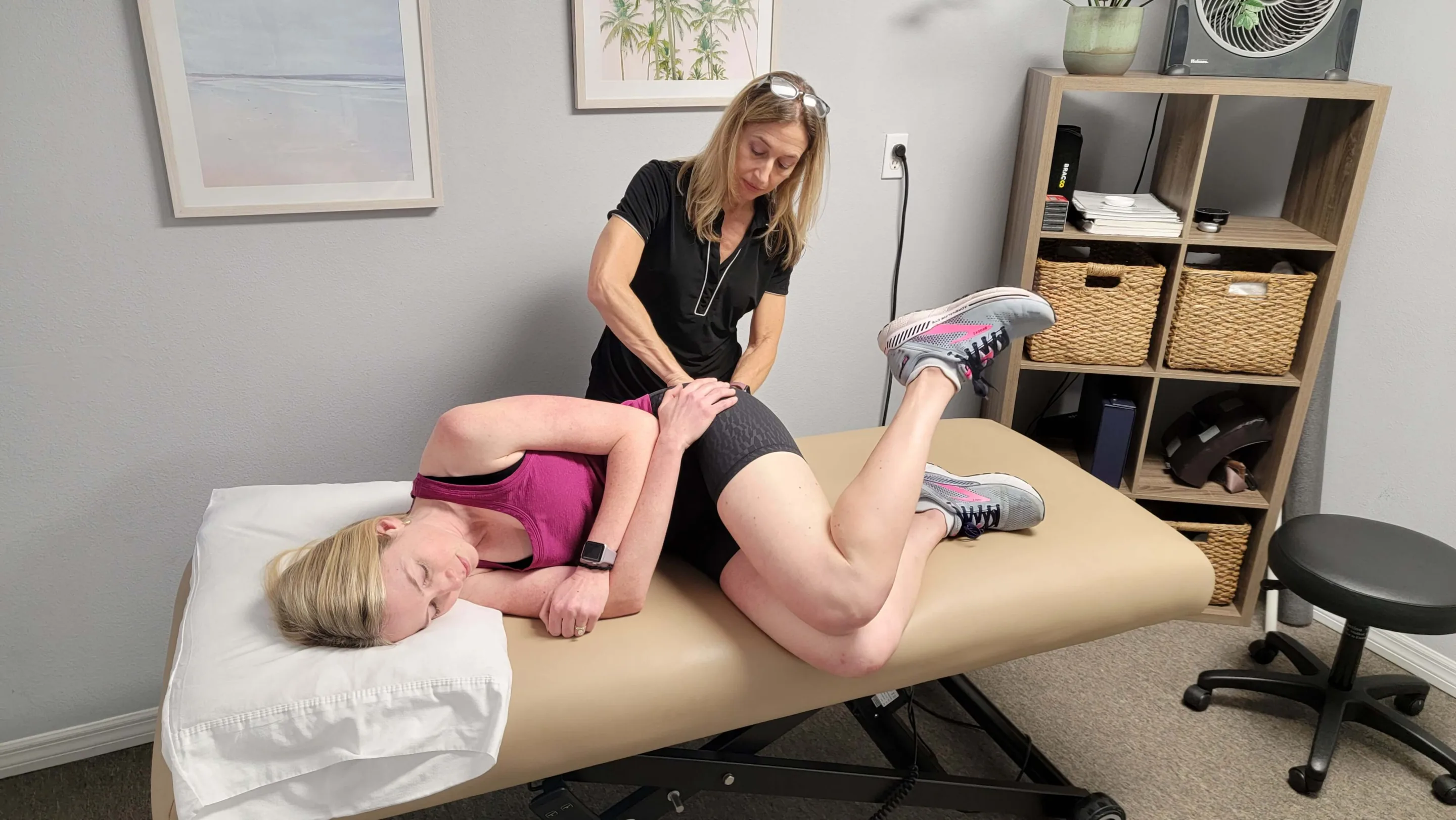Hip Replacement Failure? How PT Gets You Back on Track
Apr 15, 2024 | Uncategorized

Hip replacement surgery can be a godsend for many, offering a return to mobility and relief from severe pain. However, it doesn’t always go as planned, causing replacement failure and even more pain. Dealing with failed hip replacement surgery can be disheartening. You want the improved quality of life you were promised.
If you’re struggling with a less-than-perfect or failed hip replacement, physical therapy can work wonders. Read on as the team at Pursuit Physical Therapy shares their in-depth knowledge on the subject and offers options for relief.
What Causes Failed Hip Replacements?
A variety of things can lead to failed hip replacements. It could be overuse, wear and tear, infection, dislocation, or rejection. Getting to the root cause of the failure is paramount to getting the help you need.
Symptoms of a Failed Hip Replacement
The signs of hip replacement failure include pain post-surgery, instability when walking or standing, swelling, a worsening of flexibility or range of motion, or noises from the joint while in motion. If you experience any of these issues, seek a physical evaluation as soon as possible.
How to Avoid Hip Replacement Failure with Physical Therapy
Prevention is always better than a cure. Physical therapy can help by using personalized strengthening exercises for a loose hip replacement and balance training to fortify against falls that result from replacement failure.
Benefits of Physical Therapy After a Failed Hip Replacement Surgery
When experiencing hip replacement failure pain, physical therapy offers solutions. Targeted scar tissue massage for hip pain after surgery aids recovery significantly. Revising failed hip replacements with physical therapy gives patients the surgery do-over alternative they need to move forward.
Failed Hip Replacement FAQs
Q: Why Does My Hip Replacement Hurt?
A: According to the Mayo Clinic, one cause could be the development of hip flexor tendonitis. Other causes include possible infection or a problem with the artificial joint itself. One common cause of pain is wear and tear on the joint over time, which causes it to loosen and become painful.
Q: Hip Surgery Re-do or Physiotherapy – Which Is Better?
A: It depends on the cause of your hip replacement failure. If the cause is mechanical or involves damage to the implant or existing bone, revision surgery might be the only option. However, if the problem can be solved by strengthening the hip muscles to improve function, physiotherapy can be a better starting point. Consult with your healthcare team to find the best solution.
Q: Can Physical Therapy Stop My Hip Replacement Failure from Getting Worse?
A: Physical therapy works wonders after hip replacement failure to manage symptoms and improve function, flexibility, and range of motion. PT can slow failure progression and possibly delay revision surgery.
Conclusion
Comprehensive physical therapy to manage failed hip replacements offers better outcomes and helps patients resume normal activities faster with enhanced mobility and less pain.
Experiencing Pain After a Failed Hip Surgery? – We Can Help!
Struggling to cope with a failed hip replacement surgery isn’t just a physical fight; it’s also an emotional one. But you don’t have to face it alone. The compassionate team at Pursuit Physical Therapy can help you move forward into mobility and away from complex hip pain.
Let our skilled specialists rediscover the joy of movement after your hip replacement and lessen the effects of a failed surgery. By focusing on manual therapy, strategic exercises, and advanced techniques, we’ll address the root cause of your pain.
Contact Us
Living pain-free and mobile after a failed hip replacement surgery is possible- we’ll show you how! Contact our team today for more information or to schedule a private consultation.






